Monarch Butterflies in Pacific Grove
Under a canopy of butterflies, almost 11,000 Monarchs liberated from the morning cold of their eucalyptus and pine roosts. Unable to fly at cooler temps, Monarchs rouse themselves at 55 degrees or so, first warming their wings, then fluttering into the blue and gold of a Monterey morning, alighting on nectar flowers and yellow butterfly blooms.
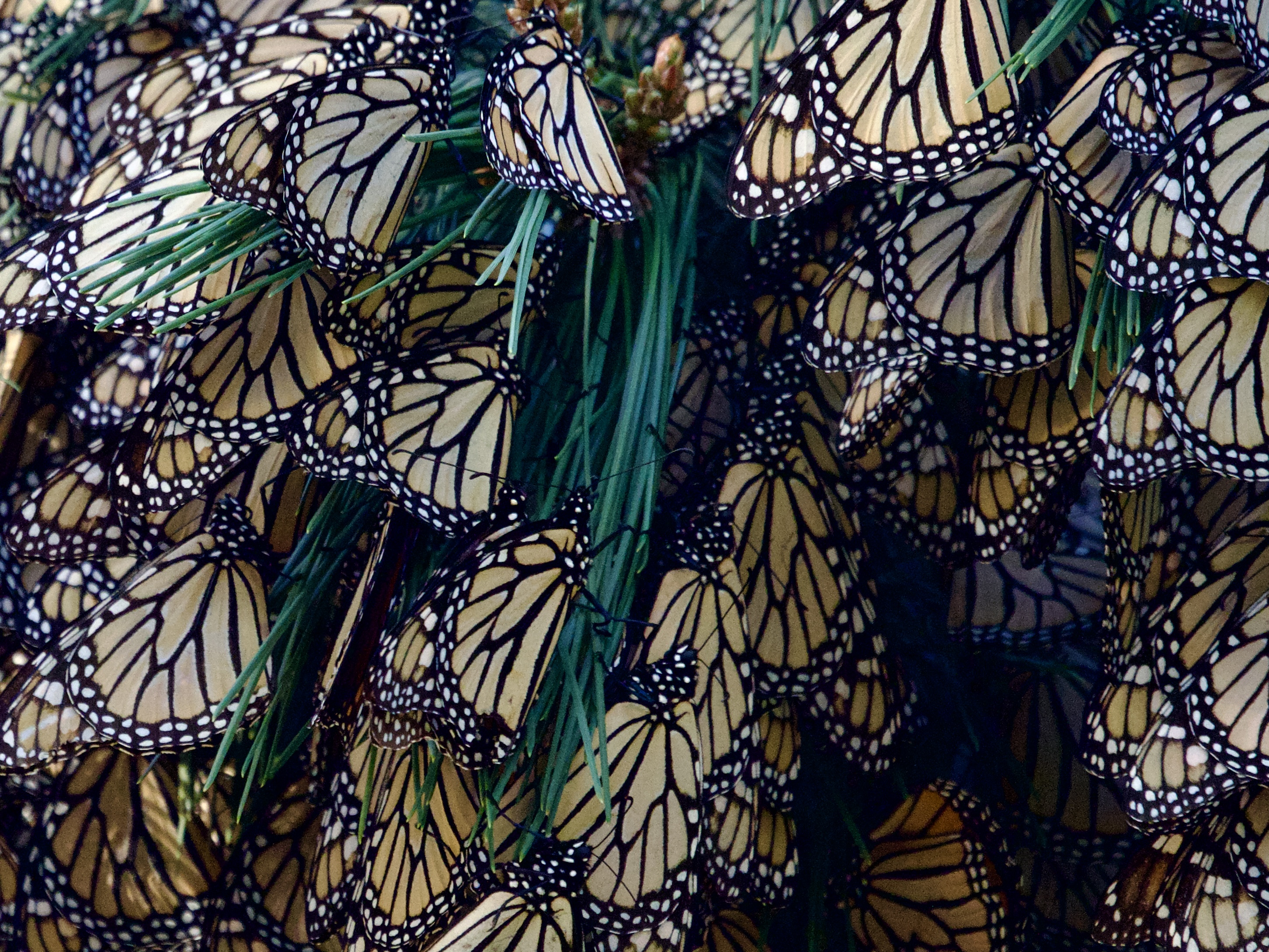
Monarch Butterfly Population Decline
In 2020, the sanctuary in Pacific Grove saw a precipitous drop among declines throughout the Monarch world. We visited groves during those lean times, devastated to see just eucalyptus where Monarch wings normally masquerade as leaves. The boom in numbers this year was encouraging, astounding, and moving even if premature as a prediction. It felt like our lost tribe of winter travelers returning home.
Monarch Butterfly Migration in California
Monarchs face challenges and population declines on all fronts, with most causes anthropogenic: loss of habitat, saturation of pesticides, destruction of life-giving milkweed and nectar plants.
These diaphanous beings on both sides of the Rockies miraculously survive the hazards of migration, flying thousands of miles to places they’ve never seen, along mountain ridges they’ve never traveled, upon winter winds they’ve never known.
The western Monarchs find their way to our California groves by the sun, by the magnetism, or by a combination of aviation instincts. Some arrive with holes in their wings, and tears in their chitinous membranes, testament to their unfathomable durability.
Monarchs migrate just once in a short lifetime, leaving a navigational and generational stamp on their offspring, who then repeat the cycle in autumn, also just once, carrying on as Monarchs have throughout Monarch time.
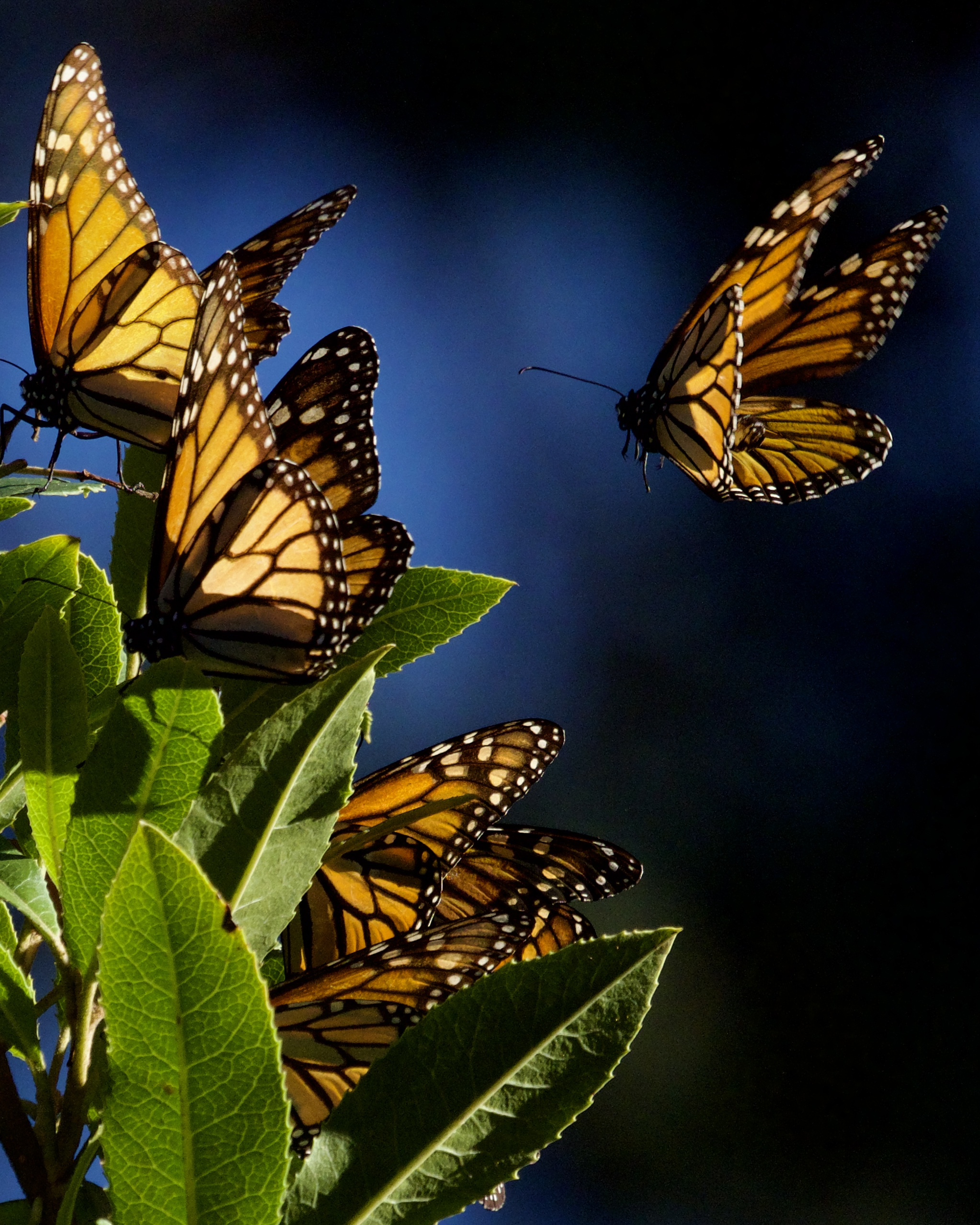
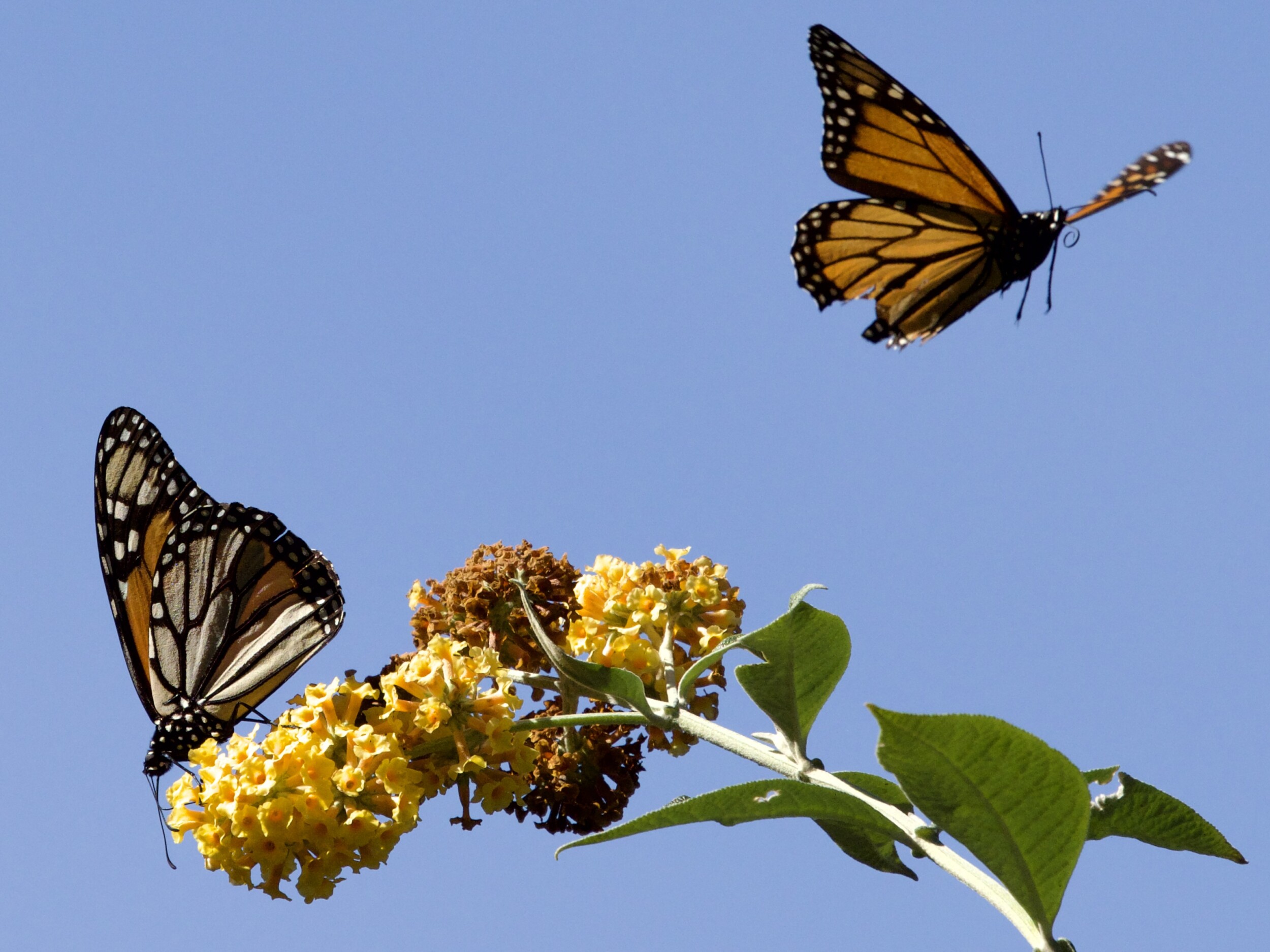
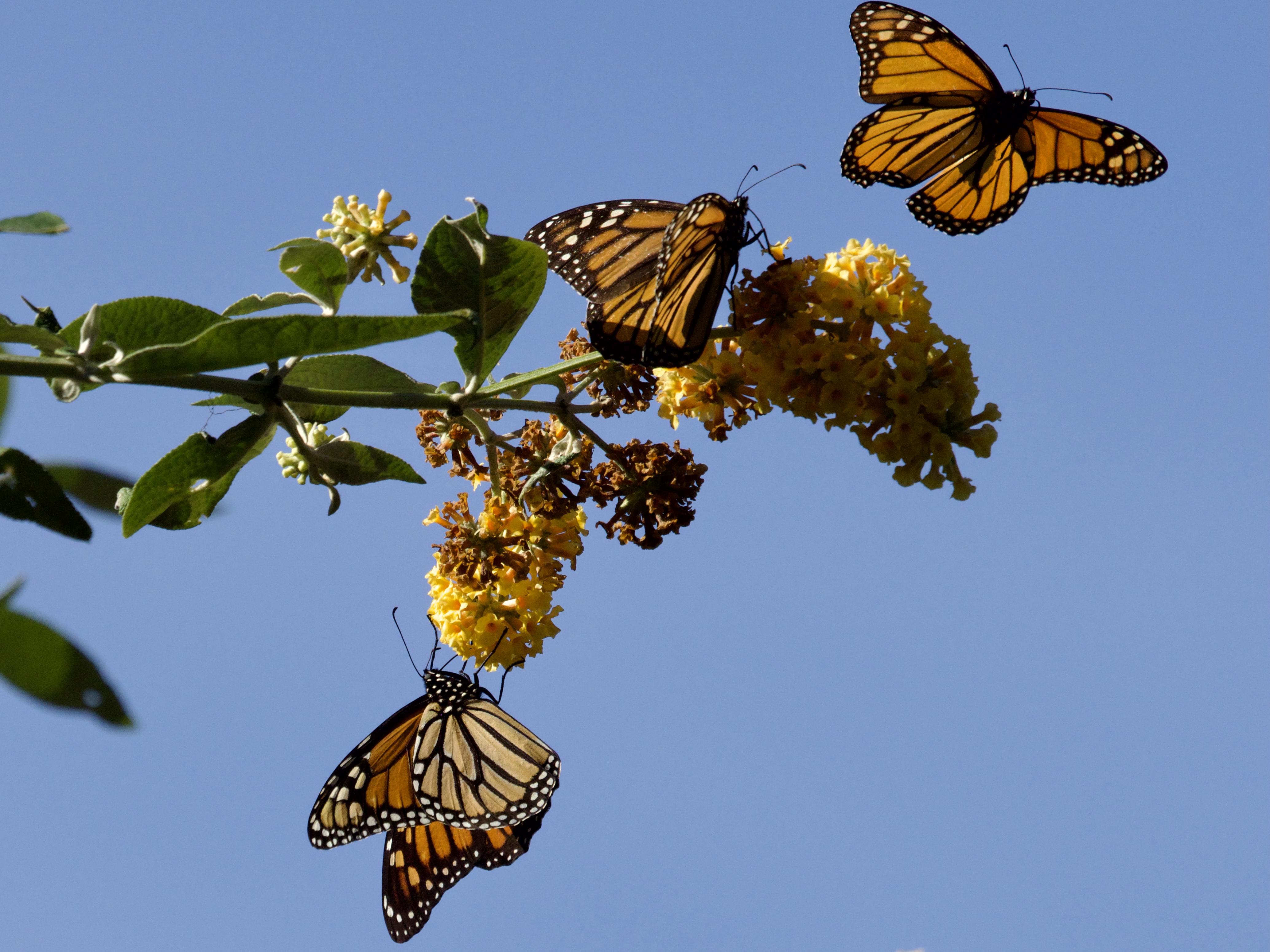
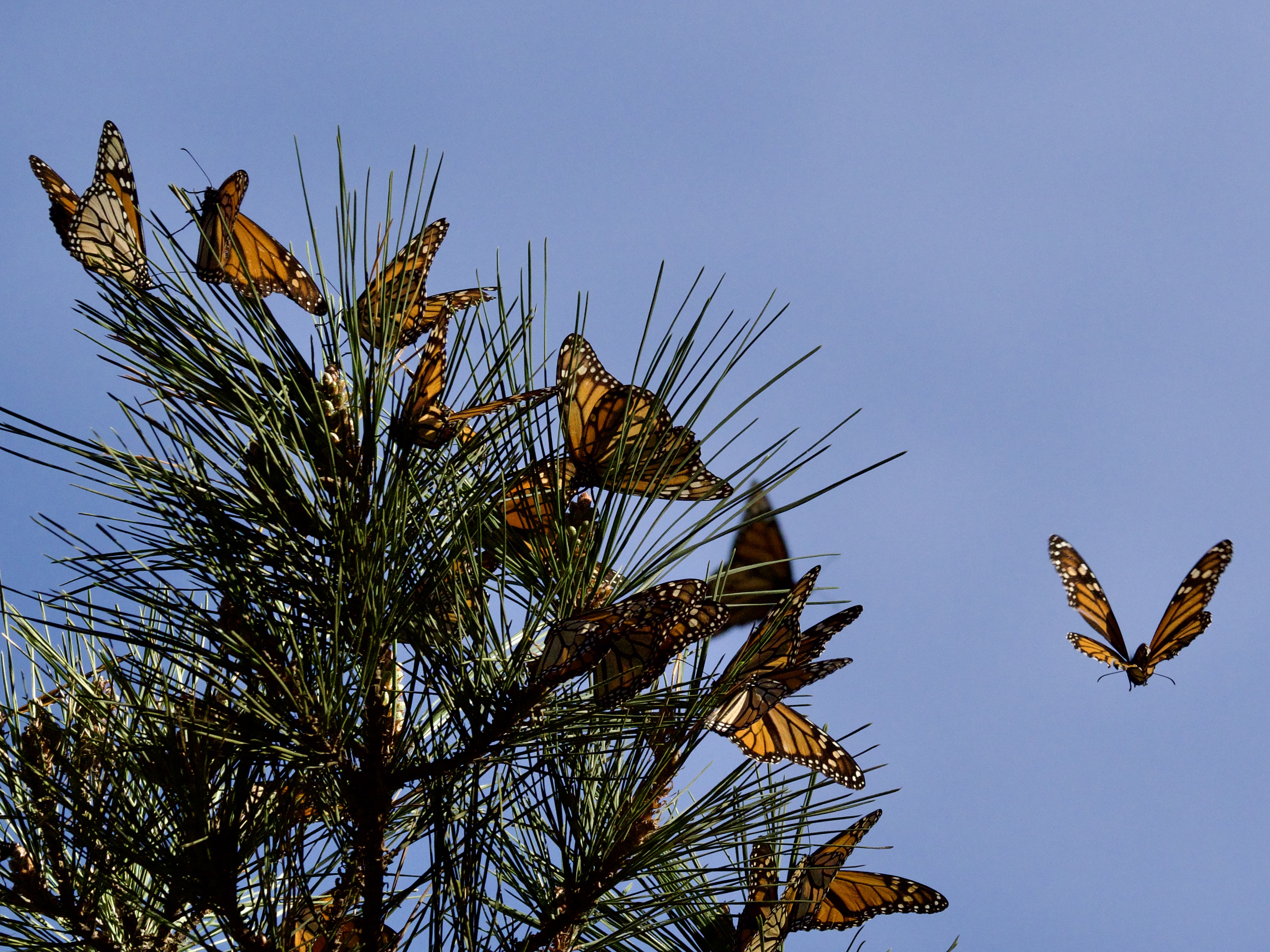
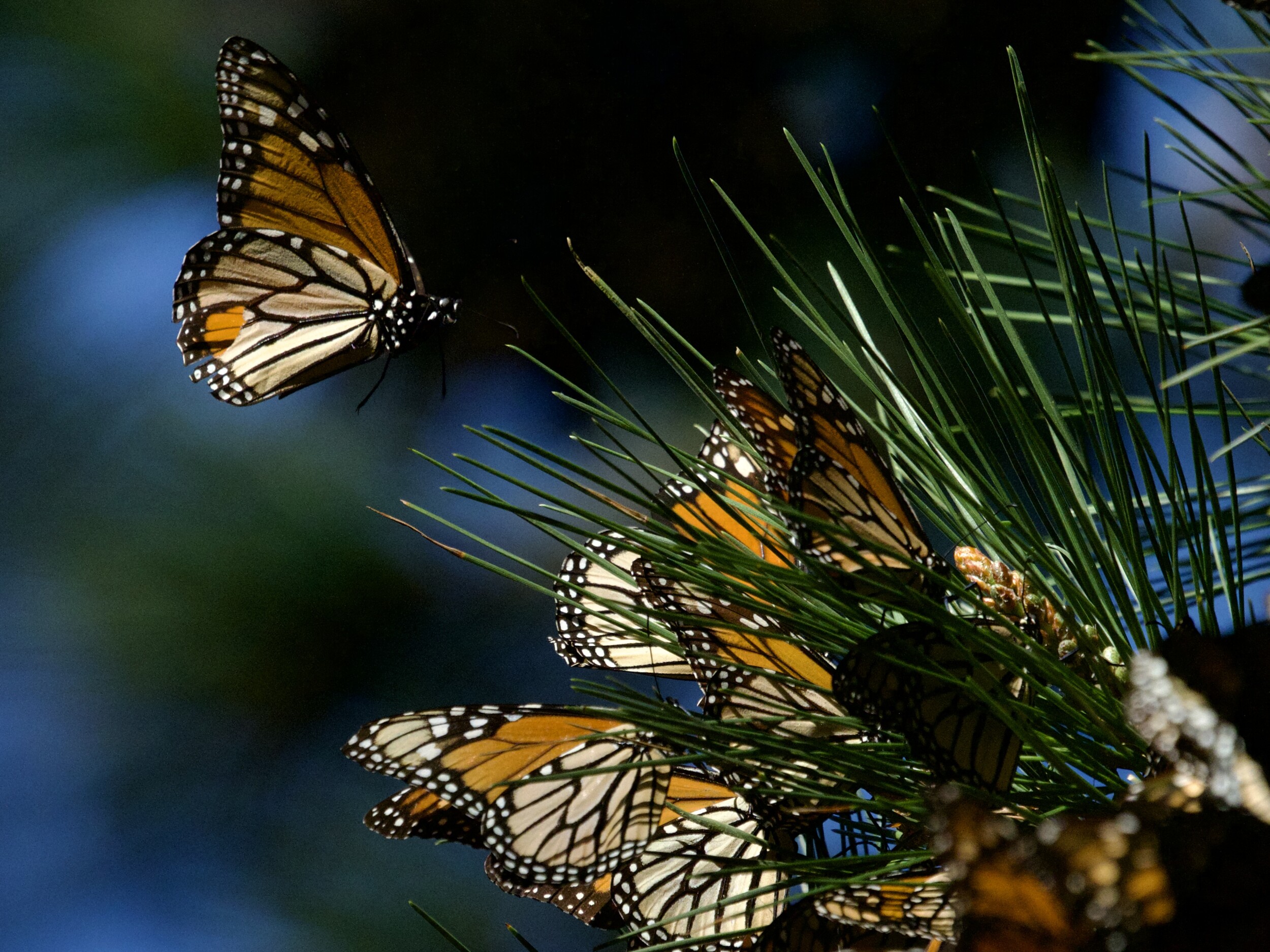
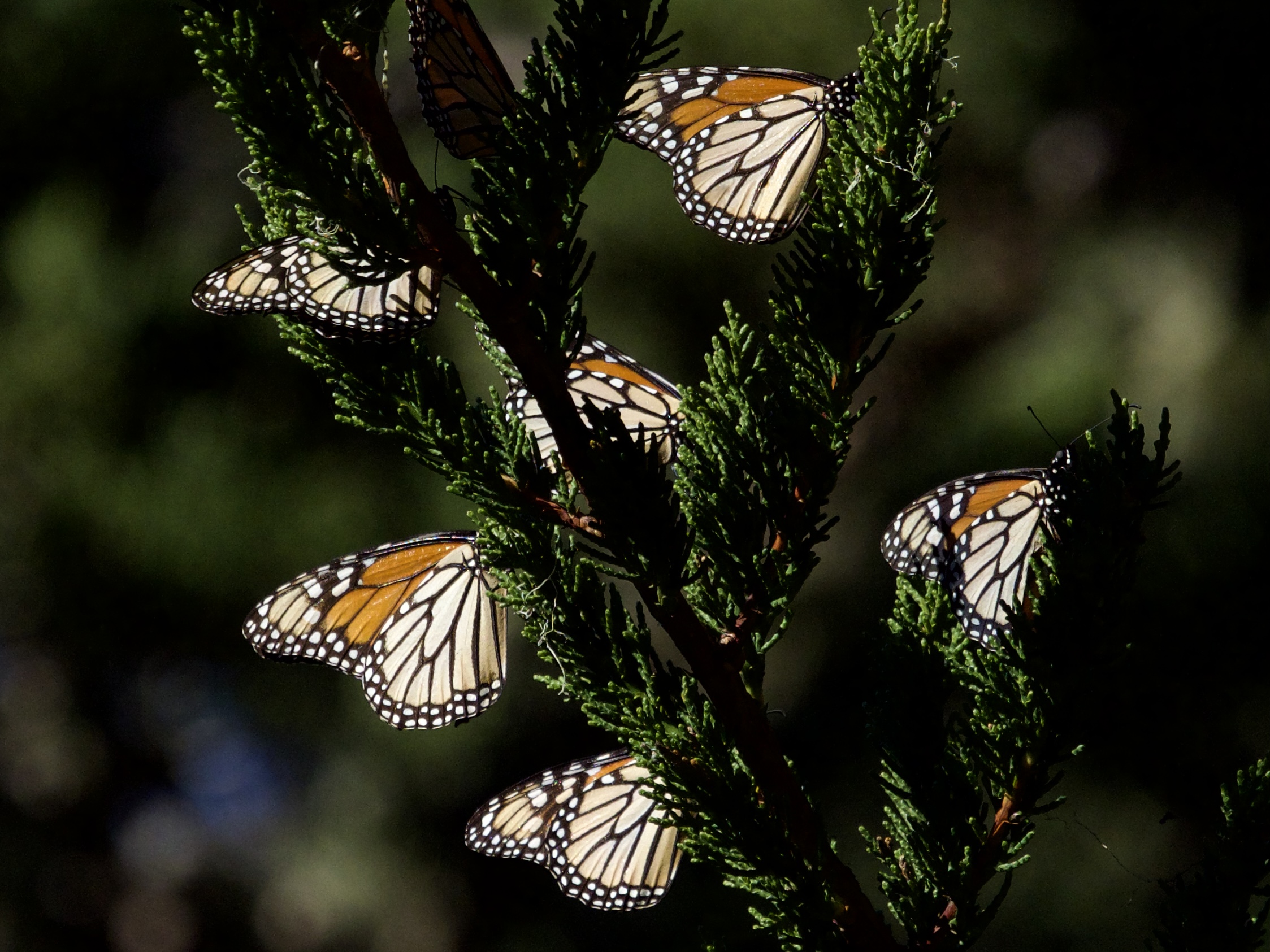

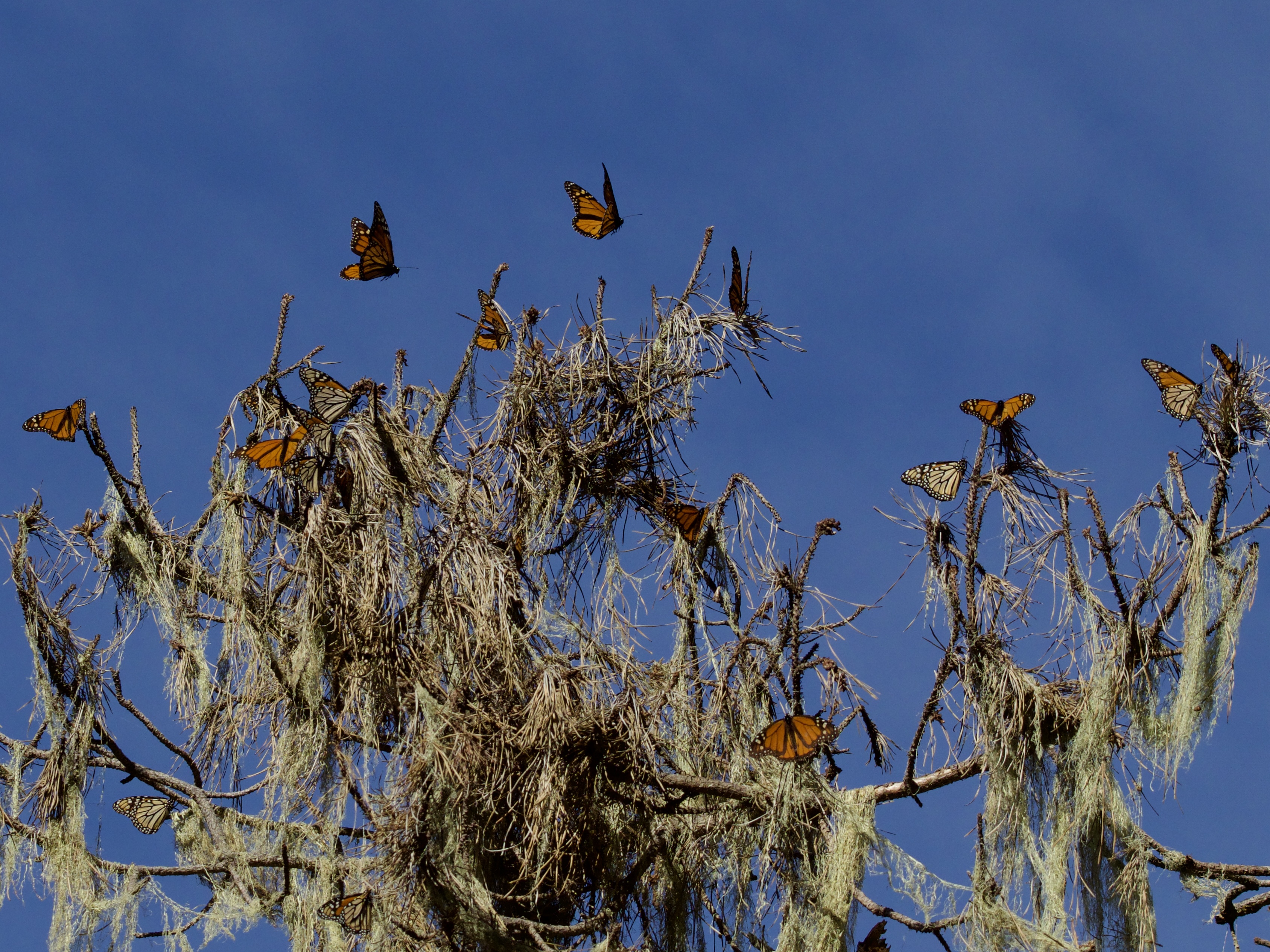
Monarch Butterfly with Damaged Wing
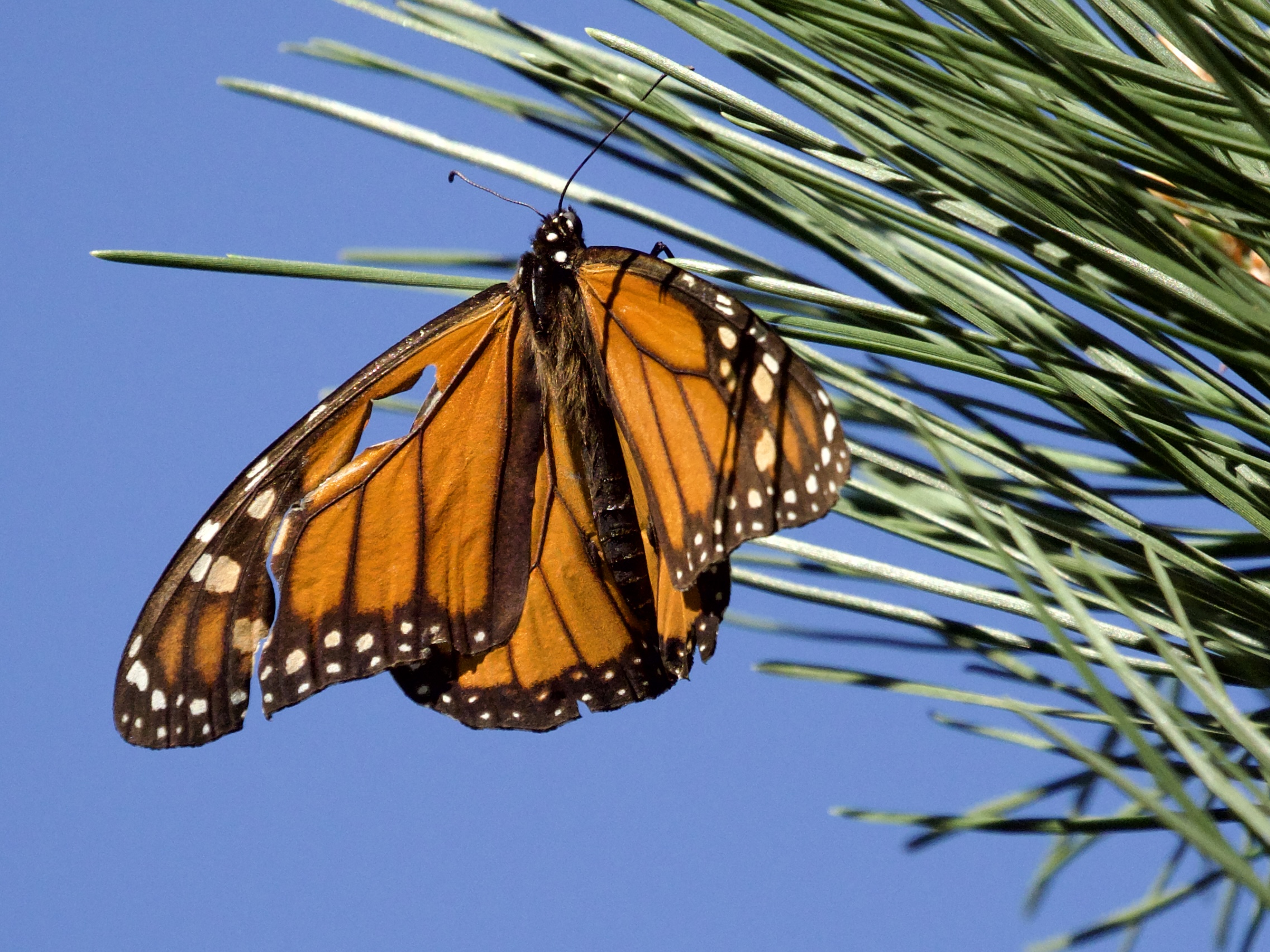
Pacific Grove Monarch Butterfly Sanctuary
Pacific Grove Monarch Butterfly Sanctuary
250 Ridge Rd, Pacific Grove, CA 93950
https://www.pgmuseum.org/monarch-viewing

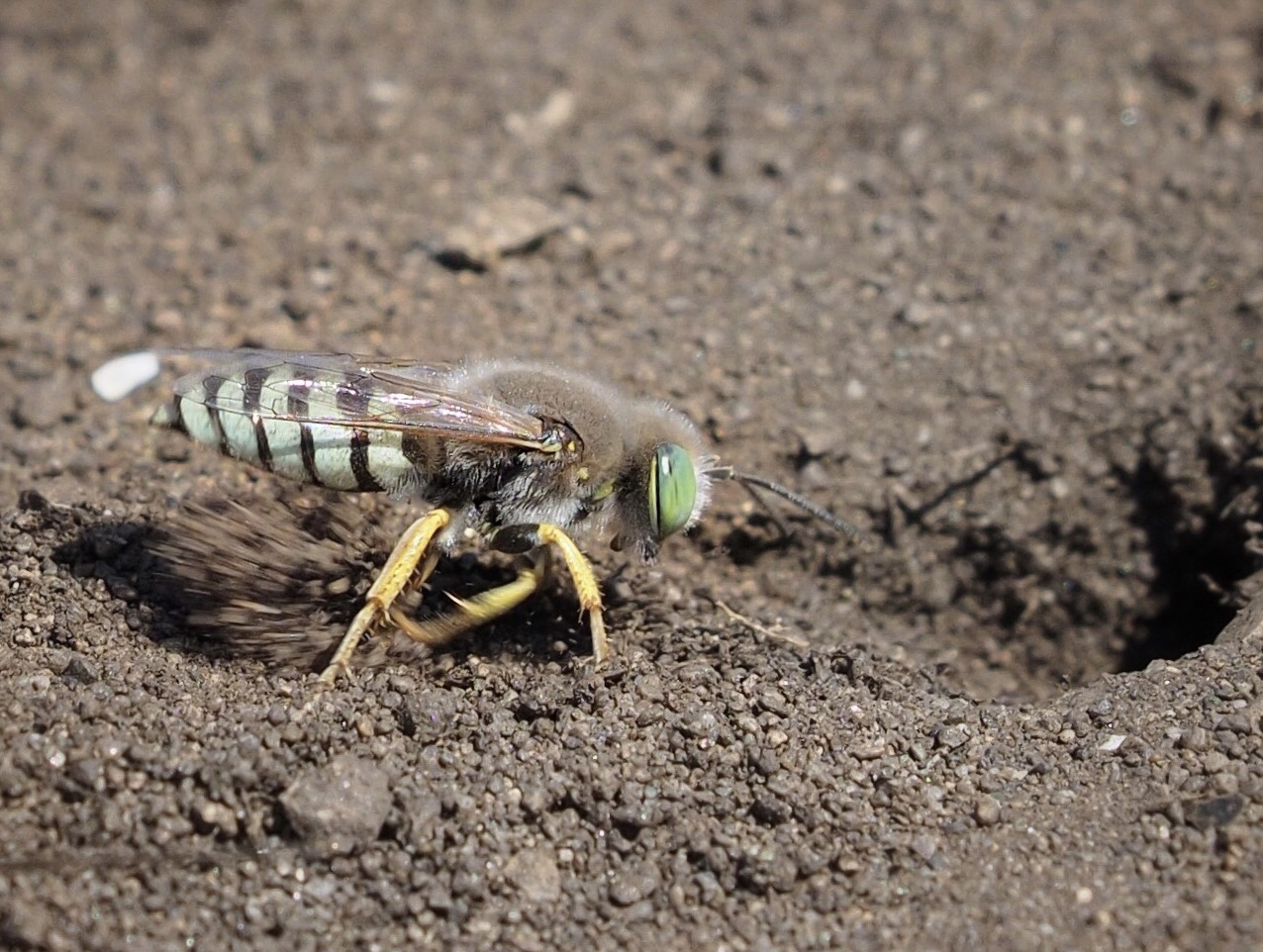
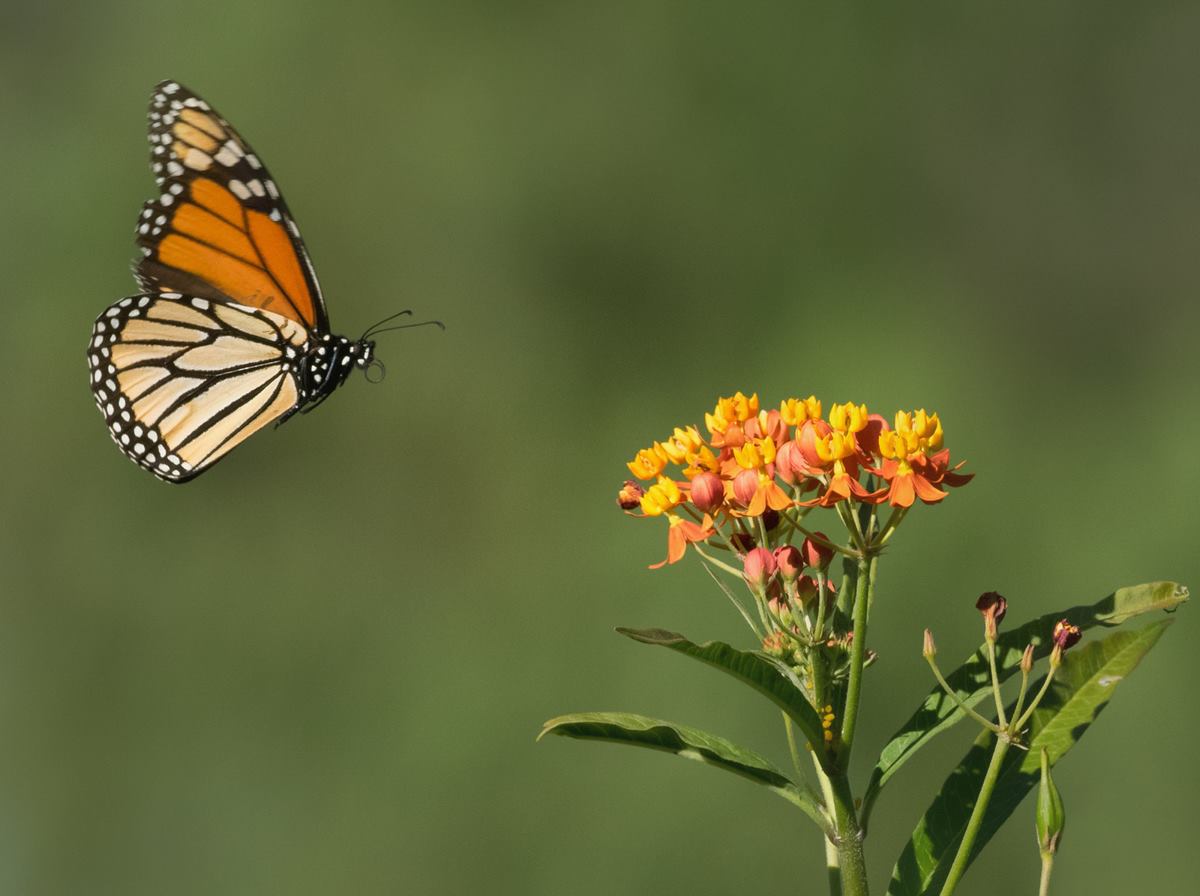
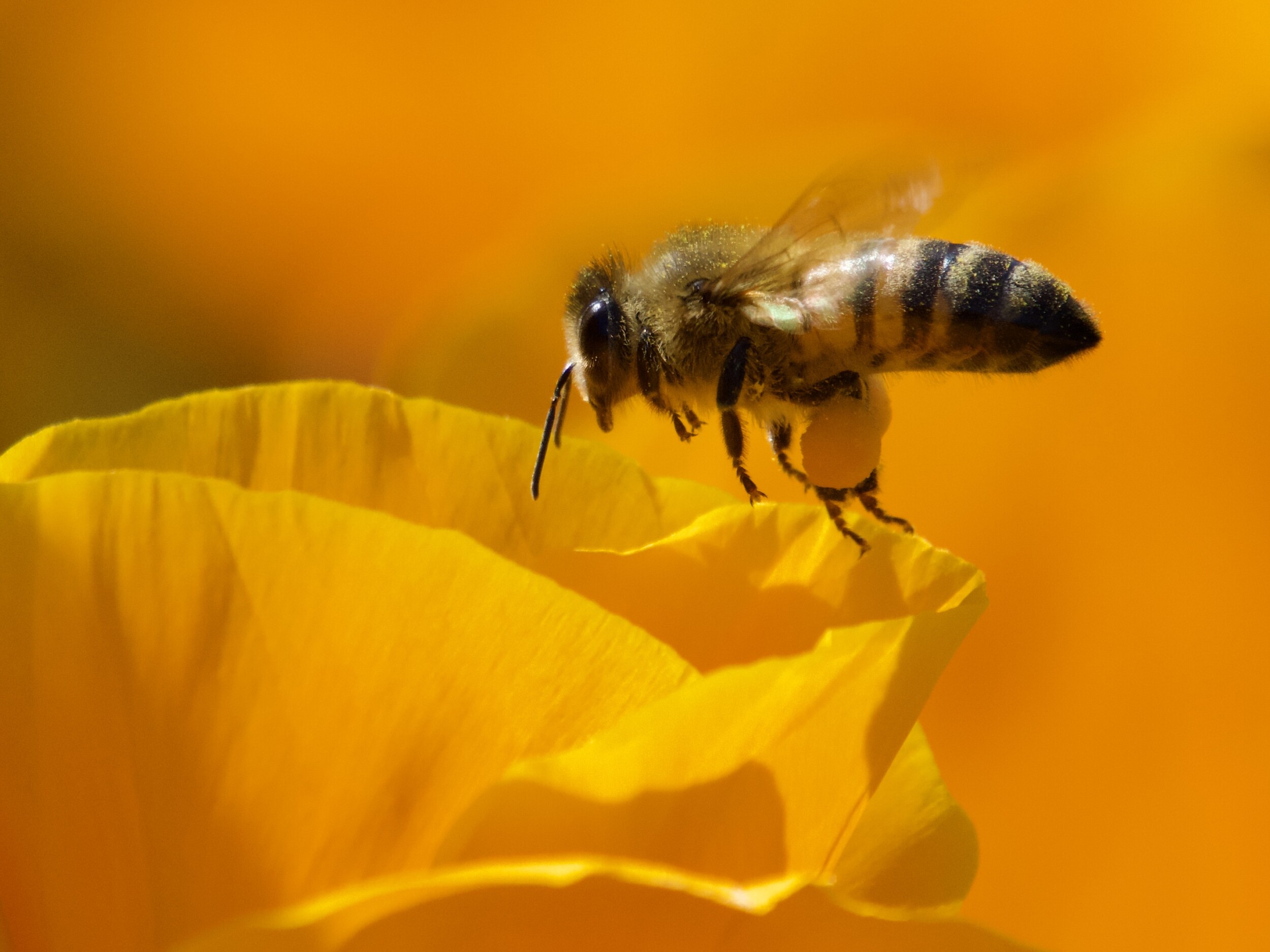
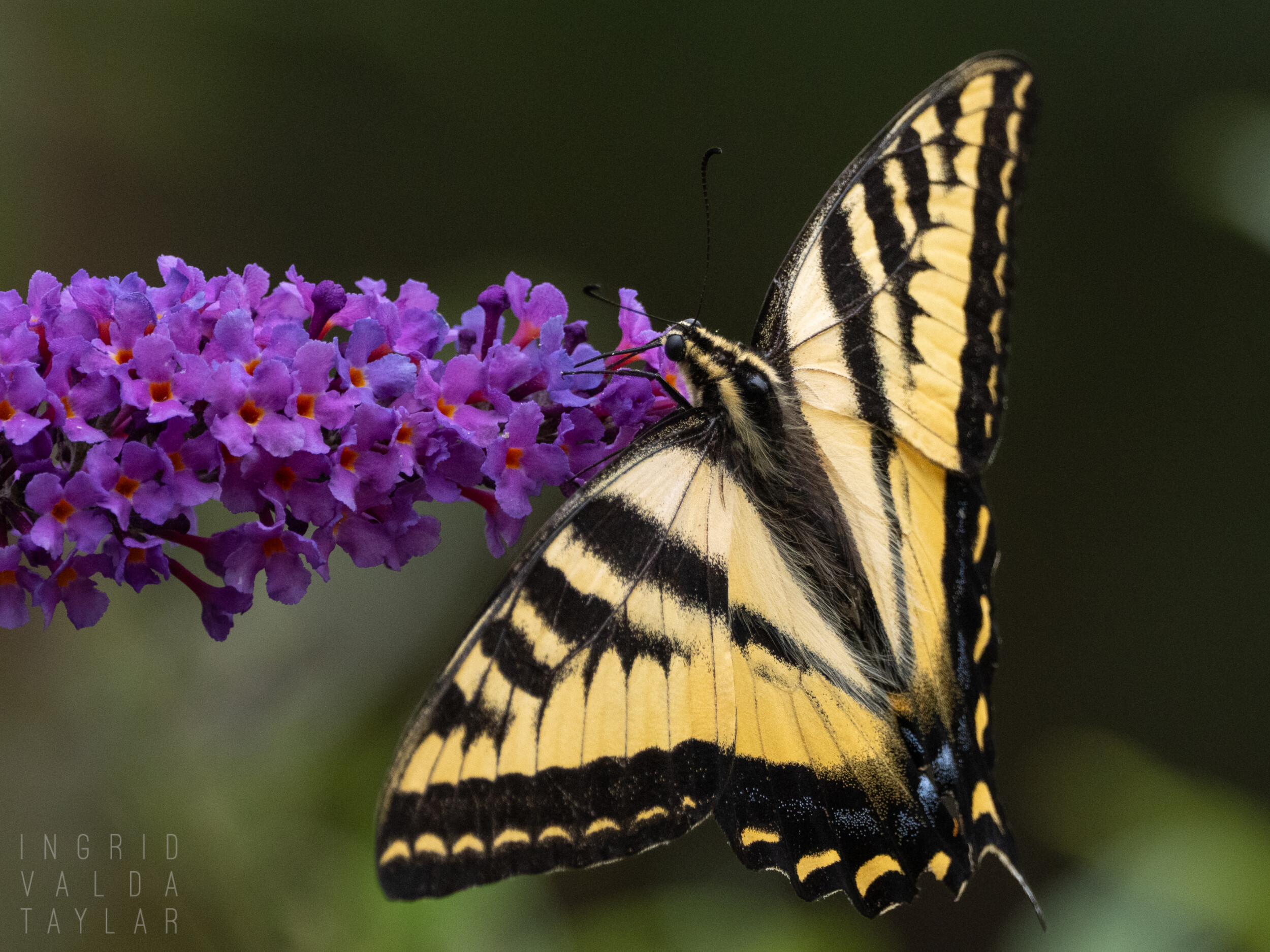
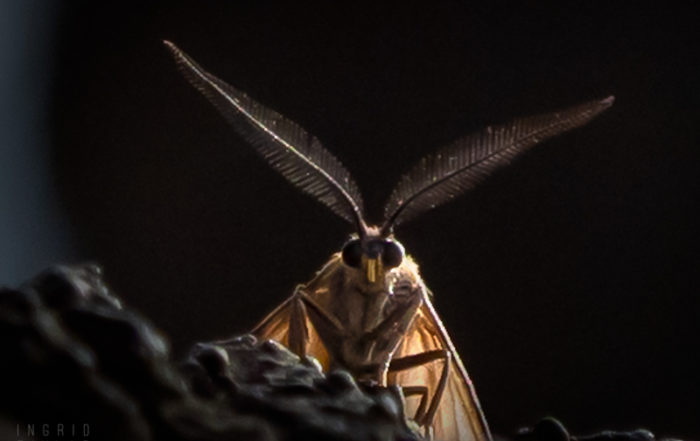
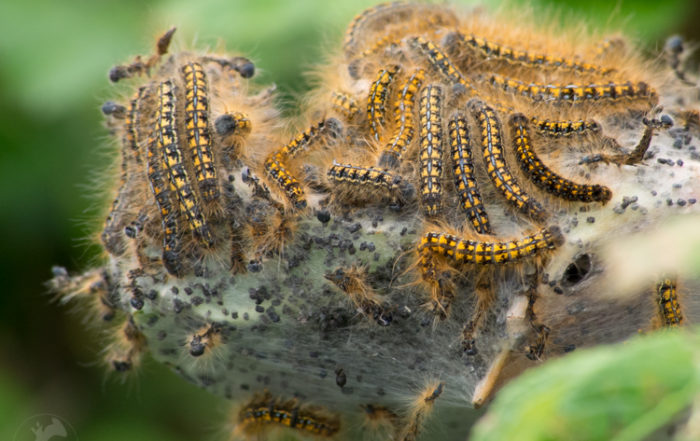
Leave A Comment